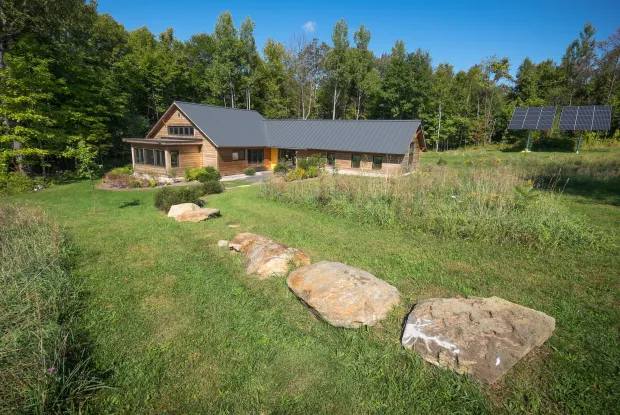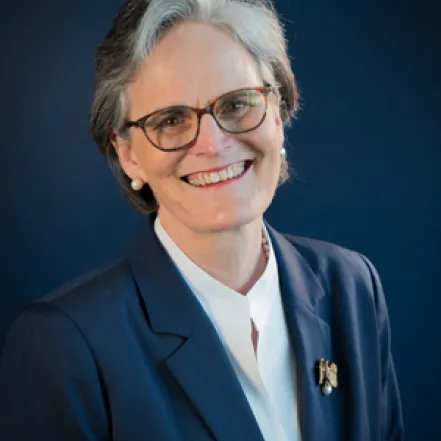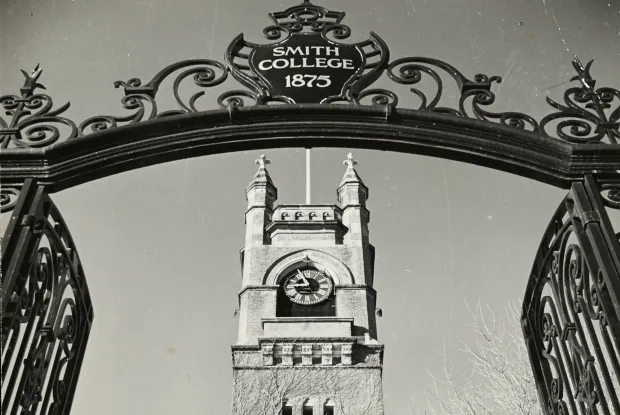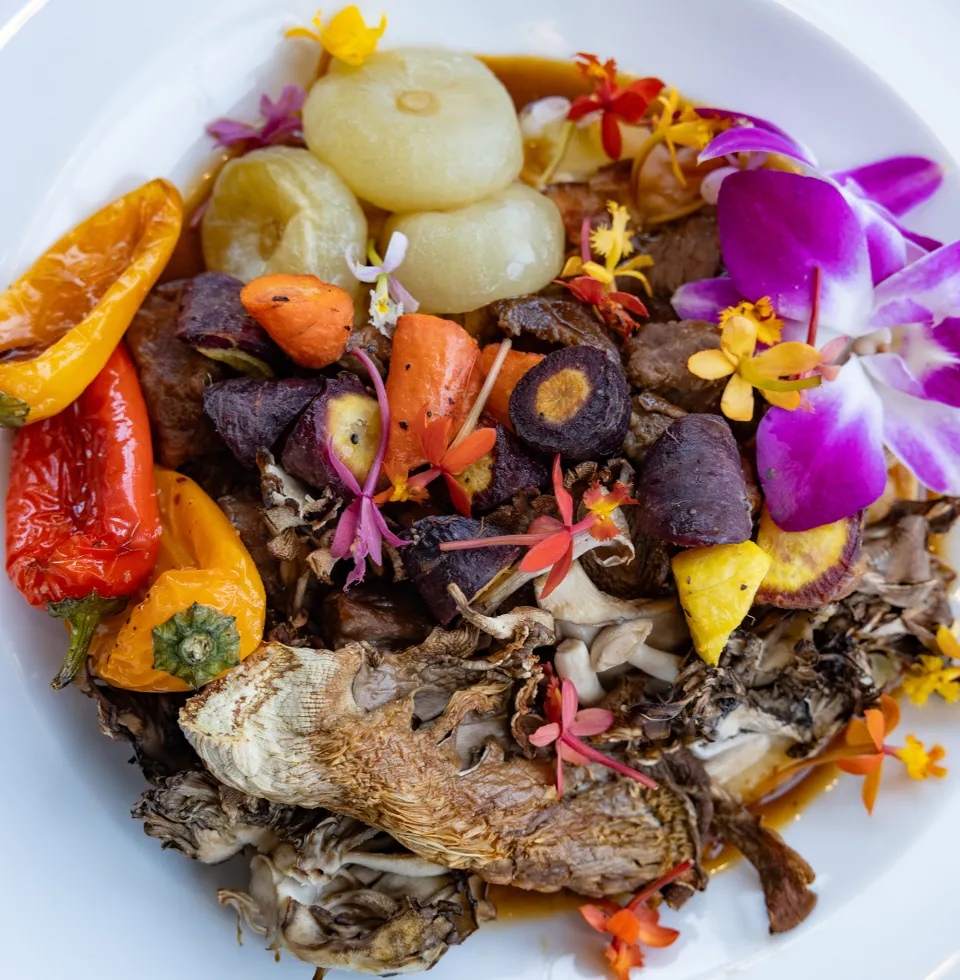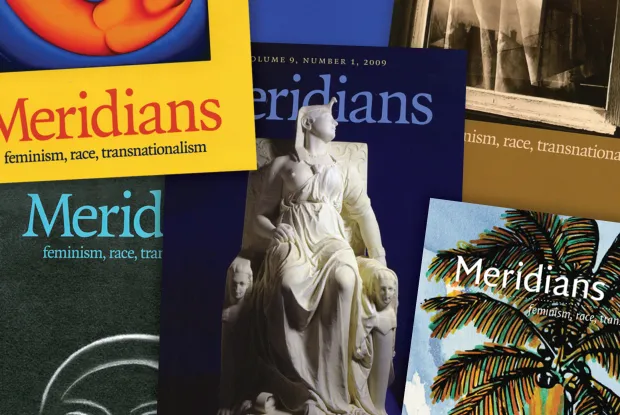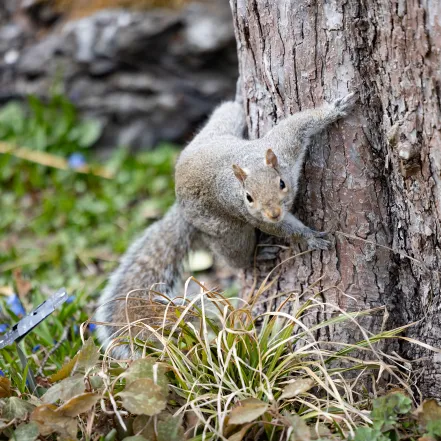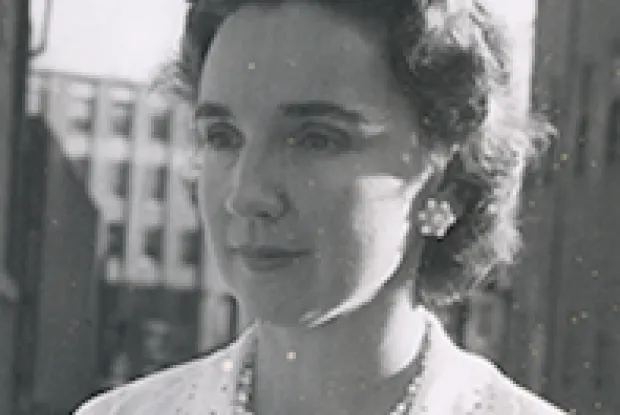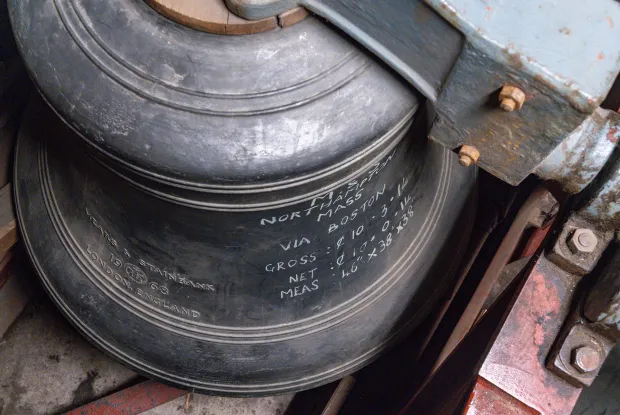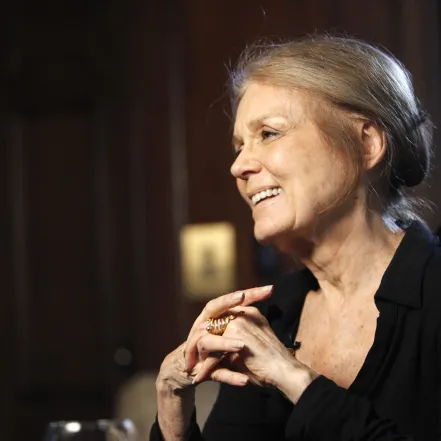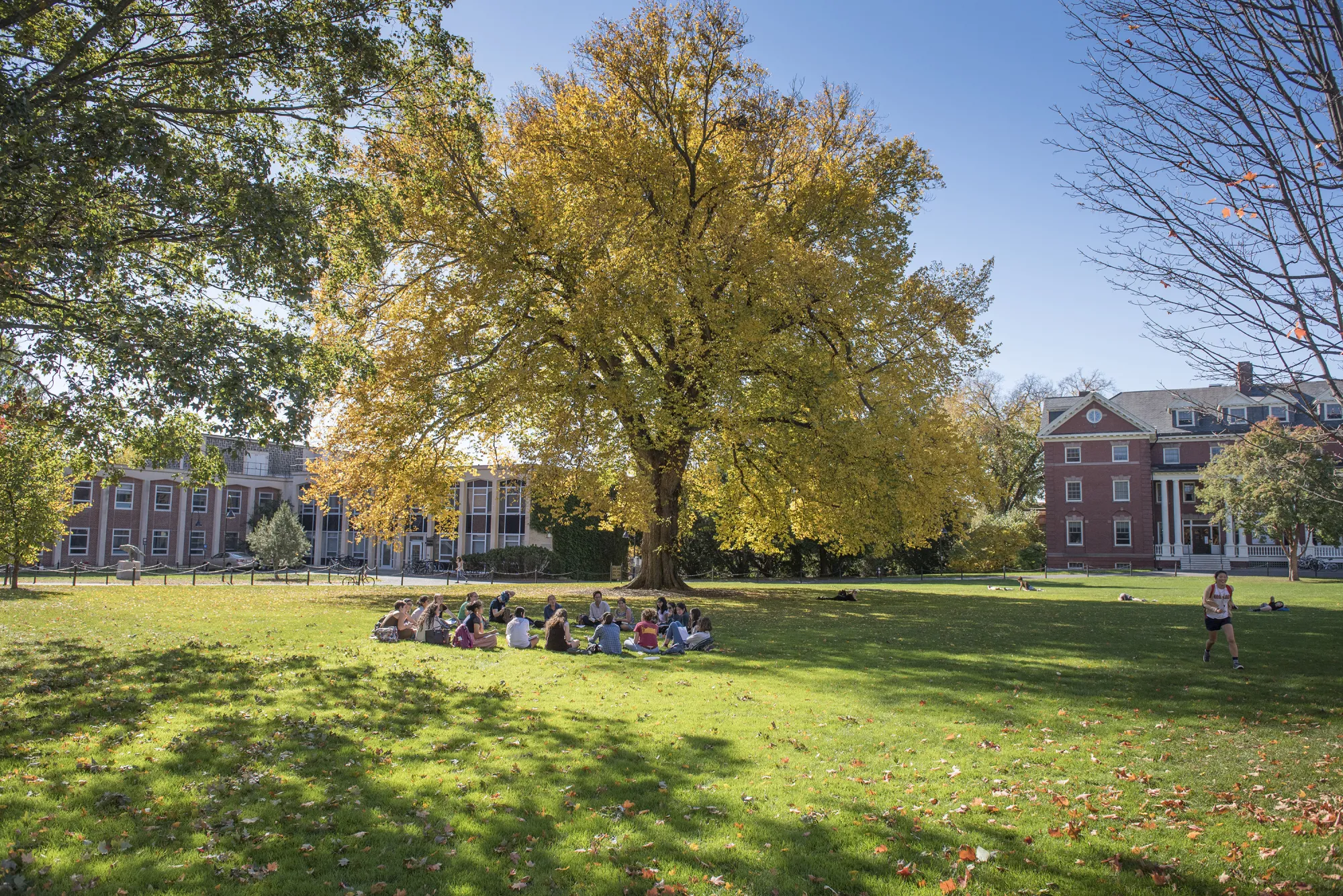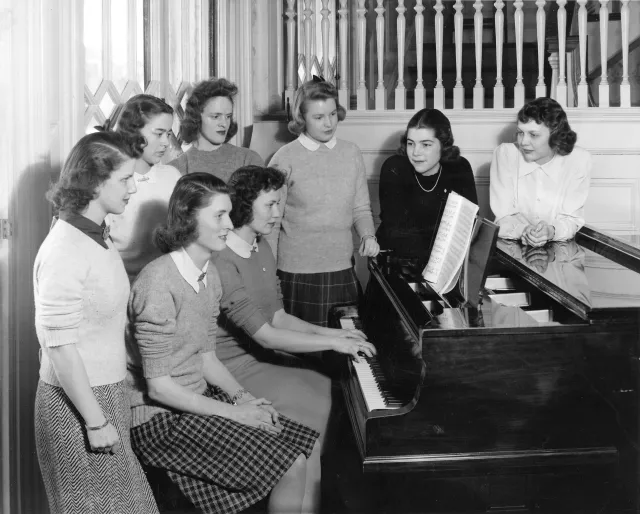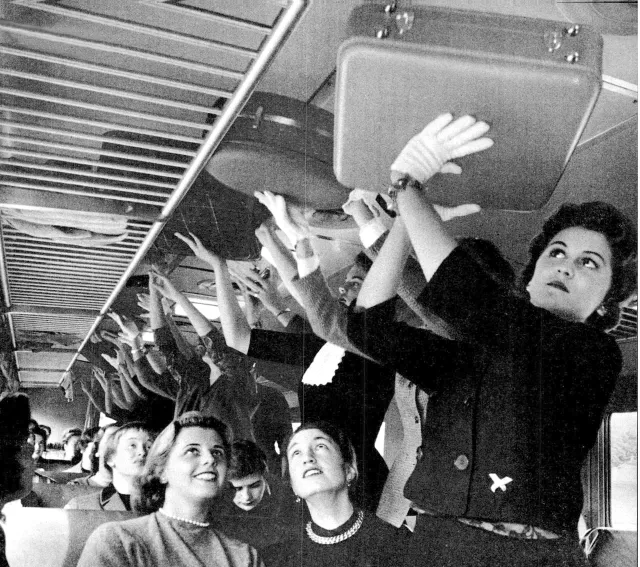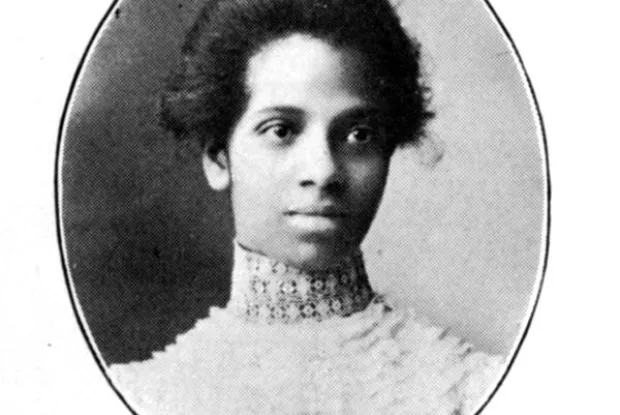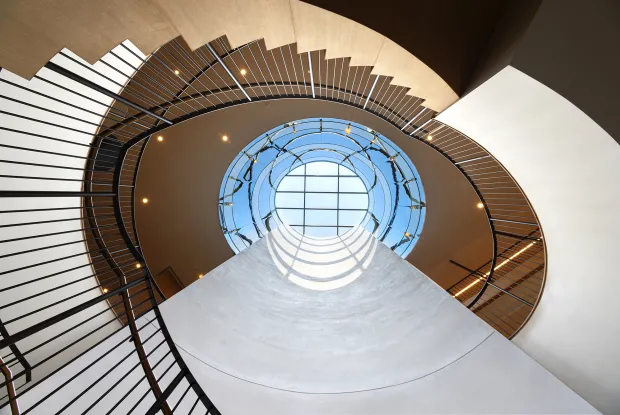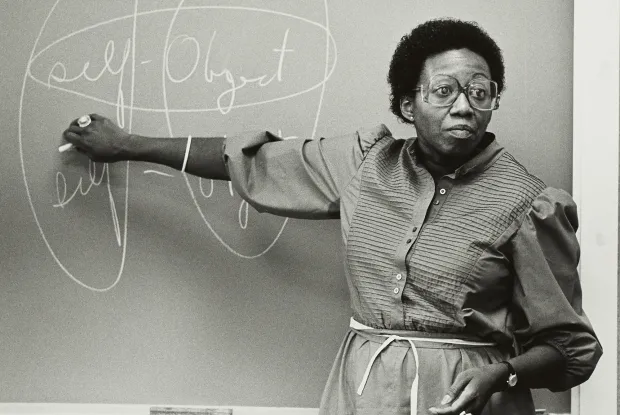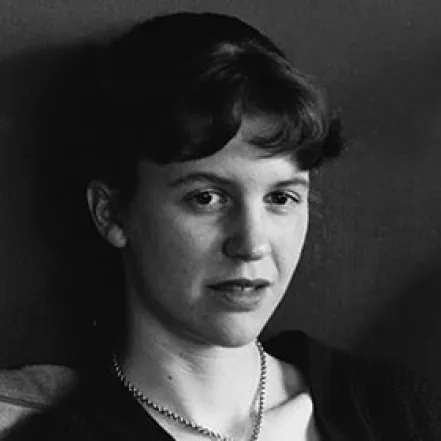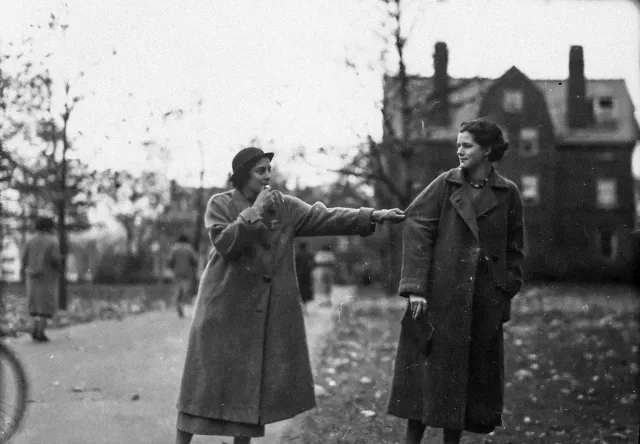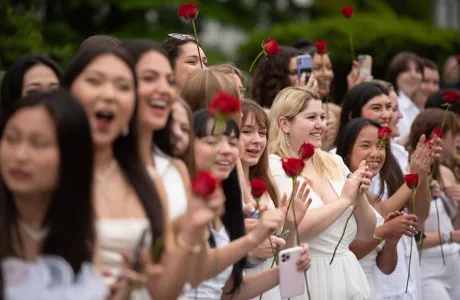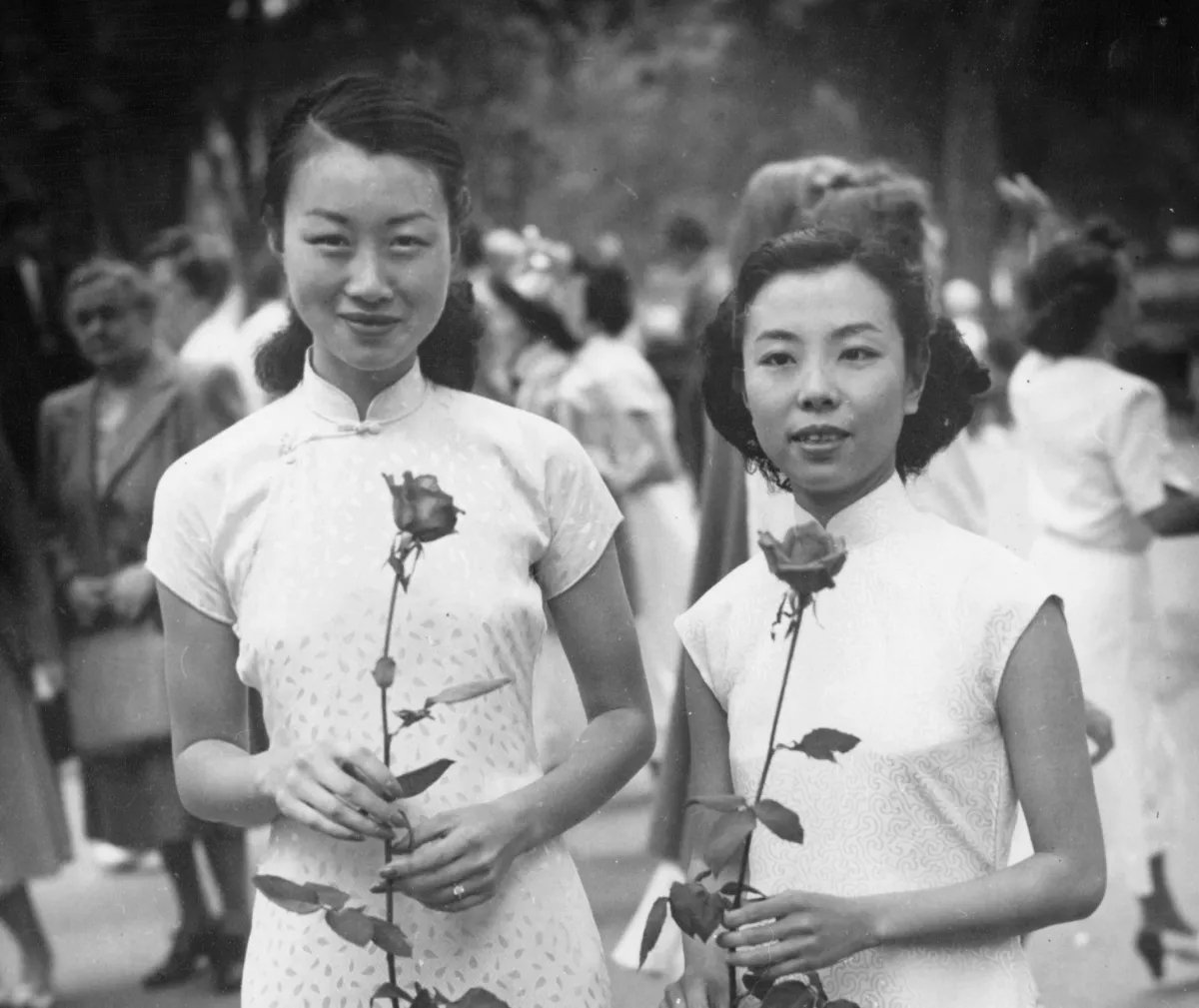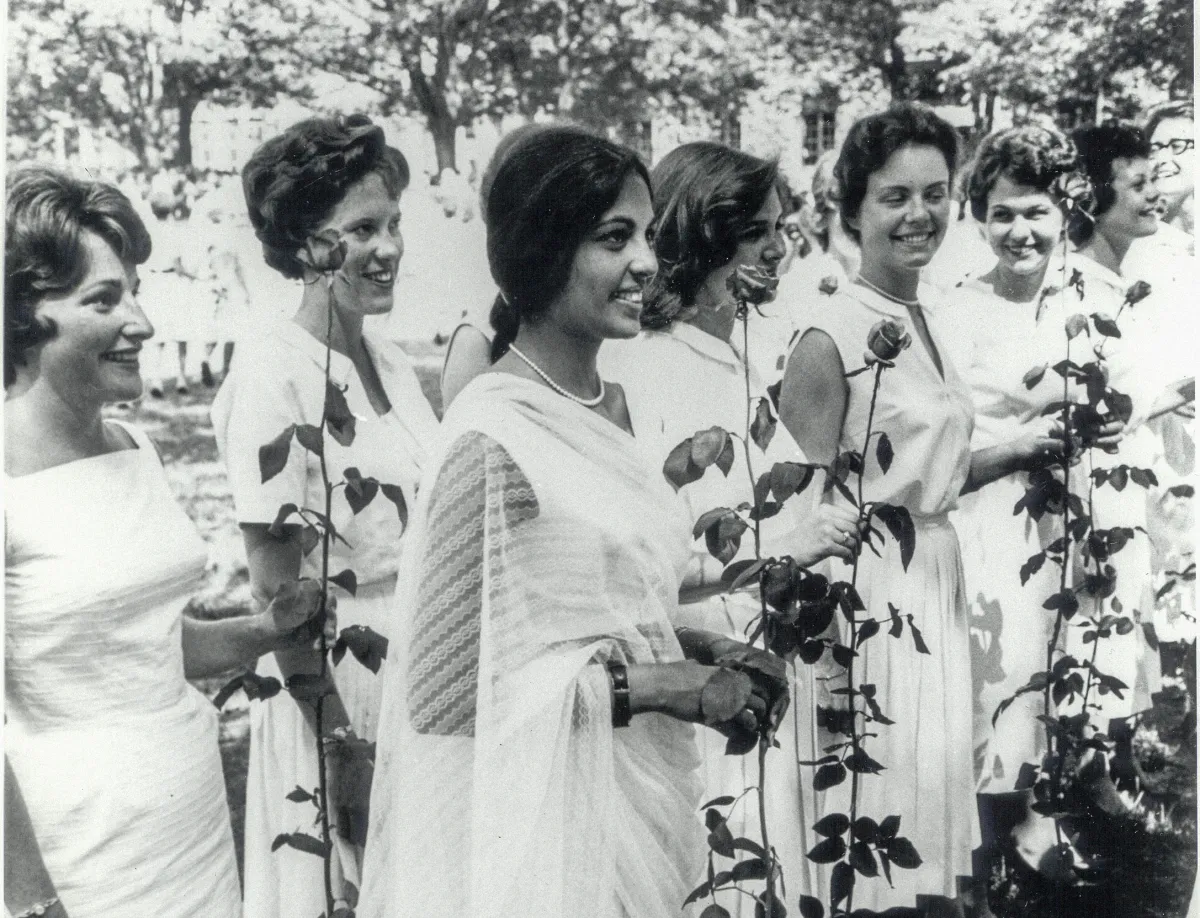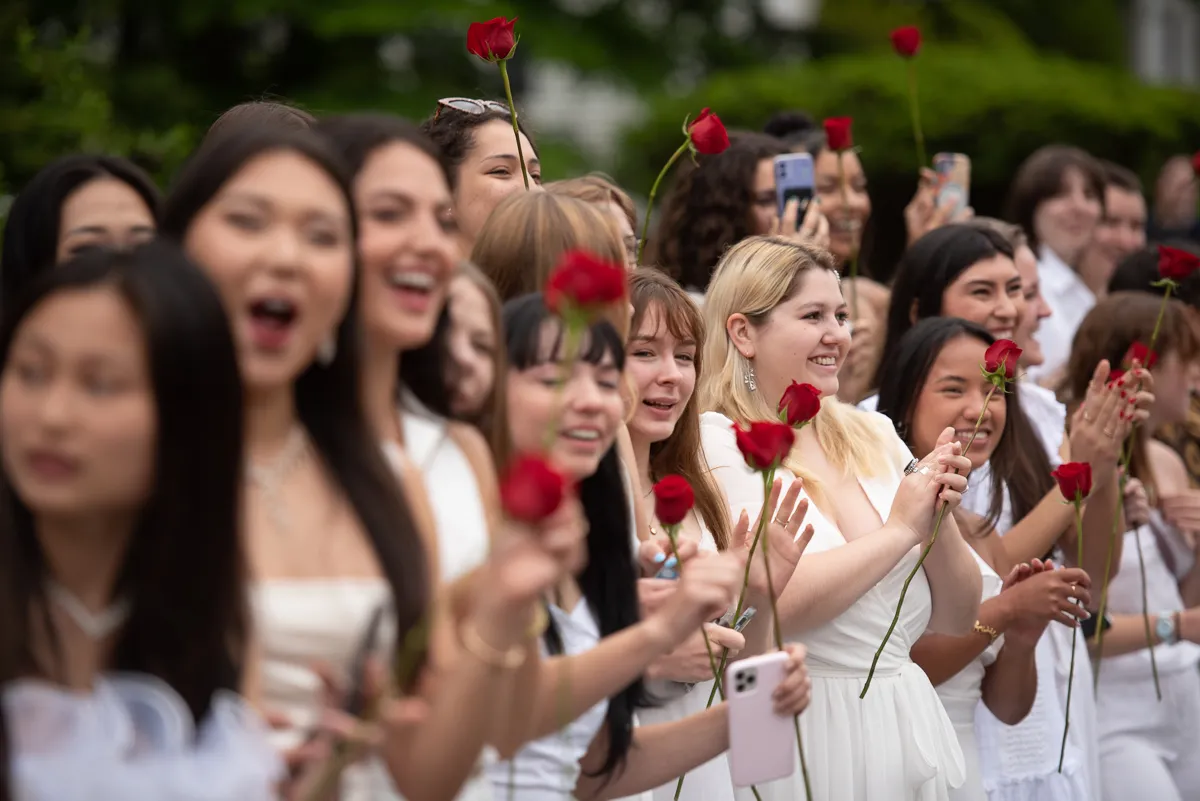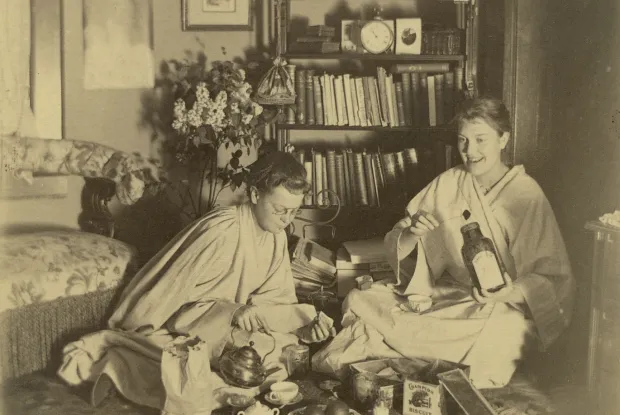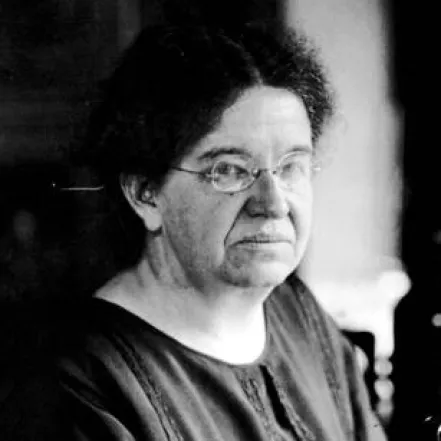Reasons To Celebrate Smith
Smith Quarterly
From its gorgeous grounds to its quirky traditions, Smith is full of surprises. Here’s a very selective, highly subjective list of the people, places, and moments that make it one of a kind.

Published August 11, 2025 (UPDATED: September 10, 2025)
Our biggest classroom blooms year-round.
Established in 1895 by Smith’s first president, Laurenus Clark Seelye, the botanic garden is a 127-acre living laboratory. Plant research, art installations, classroom visits, and guest lectures all make the garden an integral part of the Smith curriculum. “It is not simply the presence of the plants in our collections,” says director John Berryhill, “but the work we choose to do with them that will define us.”
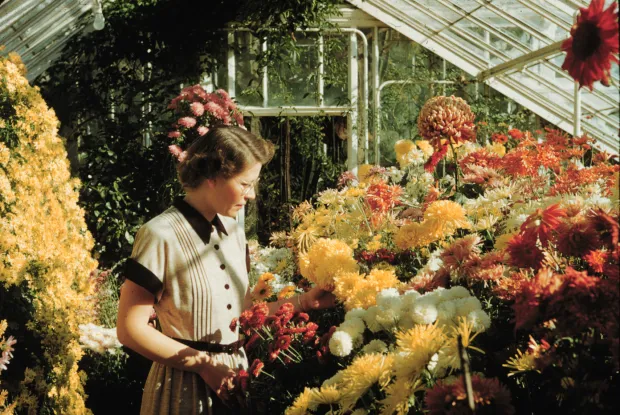
Marriage equality is part of our history.
Smith endorsed same-sex marriage in 2003—more than a decade before it became legal nationwide. “The opinion recognizes the need for publicly acknowledging same-sex unions,” government professor Alice Hearst said in a press release at the time, “and equates denying same-sex couples the benefits of marriage to the denial of a civil right.”
You’re forever part of a tight circle of friends.
Smith’s Diploma Circle tradition began in 1911 as the “Great Ring.” Today, it follows every Commencement. Before celebrating with family and friends, newly minted alums gather in a giant circle and pass diplomas from hand to hand until each person receives their own.
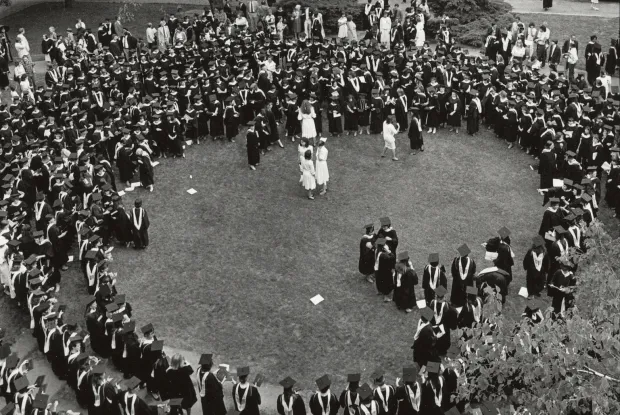
We do our fieldwork in actual fields ...
At Smith’s MacLeish Field Station, a 250-acre patchwork of forest and pastureland in nearby Whately, Massachusetts, students participate in writing workshops, take archery lessons, conduct agriculture experiments, and more. The site’s centerpiece, the Bechtel Environmental Classroom, is a certified “Living Building”—one of only a handful in the world—with composting toilets, solar panels, and net-zero energy use. The field station was named for poet and environmentalist Archibald MacLeish and his wife, Ada—close friends of former Smith president Jill Ker Conway.
Research shouldn’t wait until grad school.
Smith’s Student Research in Departments program (STRIDE), launched in 1992, offers paid research opportunities to selected first-years, connecting them with faculty mentors from day one. Since 2007, the Achieving Excellence in Mathematics, Engineering, and Sciences program (AEMES) has built community among students underrepresented in STEM through research, seminars, and leadership opportunities. Both initiatives reflect Smith’s commitment to inclusive academic excellence—and to students doing real work, right away.
When it comes to Fulbrights, we’re kind of a big deal.
For over a decade, Smith has ranked among the top 10 Fulbright-producing colleges in the country. Smithies have used their fellowships in more than 80 countries worldwide to teach English as a second language, support green energy initiatives, develop low-cost diagnostic tools, and advance women’s rights.
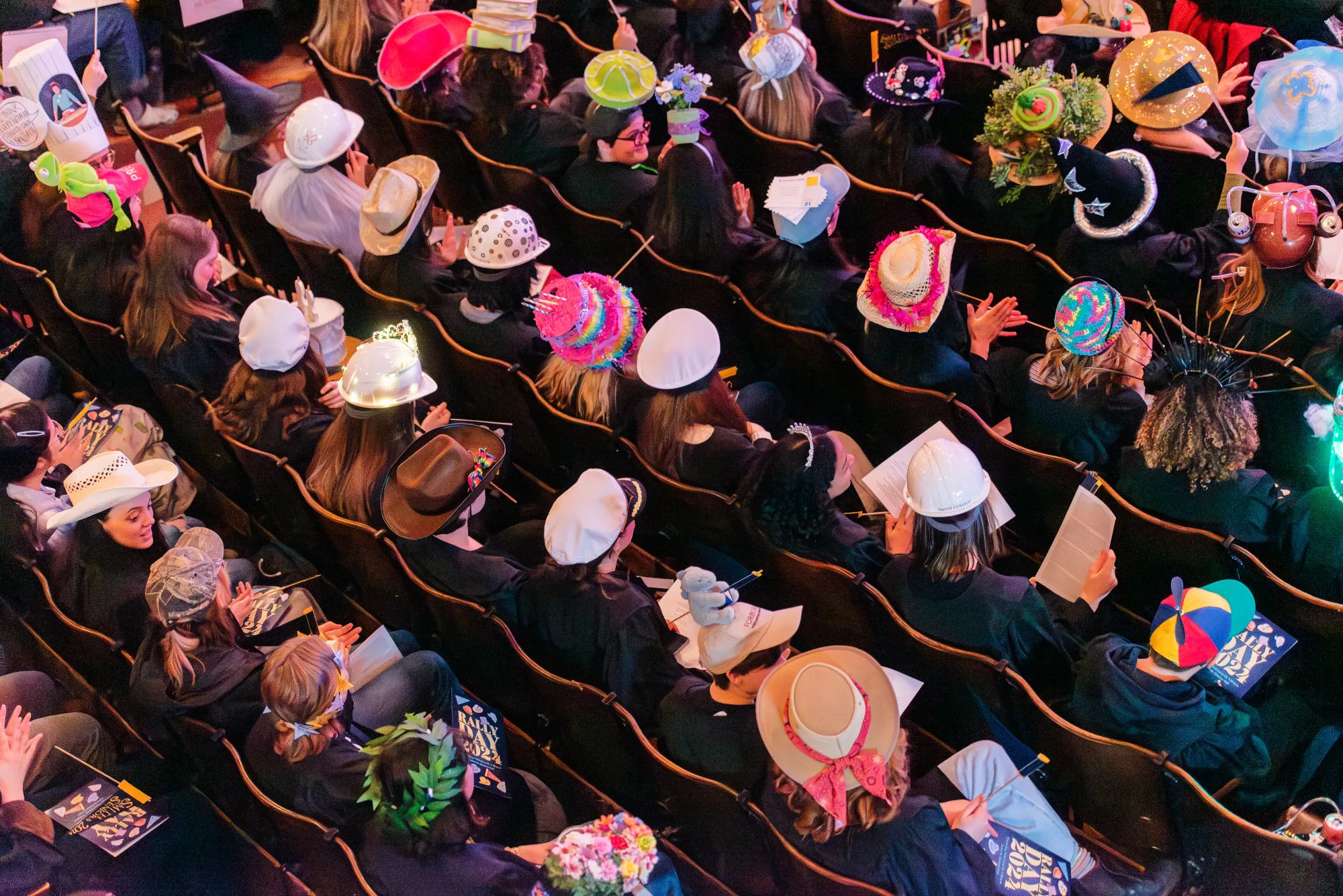
Our silly headwear makes a serious fashion statement.
Rally Day began in 1876 as a celebration of George Washington’s birthday and has since evolved into one of Smith’s most exuberant traditions. This campuswide convocation honors Smith spirit and standout alums with seniors in graduation gowns and wildly inventive hats, the awarding of the Smith medal, and the announcement of the Commencement speaker.
Our gates honor those who crossed an ocean to rebuild ...
Installed in 1924, the Grécourt Gates commemorate the Smith College Relief Unit—a group of alums who traveled to the Somme region of France in 1917 to help rebuild communities devastated by World War I. The gates are a replica of those at the Chateau de Robecourt, in the Grécourt area of the Somme where the unit was based. They symbolize “the bravery and willingness of these Smithies to risk their own lives for the safety and well-being of others,” President Sarah Willie-LeBreton said in her 2023 inaugural address.
Passion and practice are a powerful combination.
Smith’s eight academic centers and initiatives—including The Boutelle-Day Poetry Center, the Wurtele Center for Collaborative Leadership, the Design Thinking Initiative, and the Jandon Center for Community Engagement—give students space to explore what they care about and turn ideas into action. Whether it’s sustainability, entrepreneurship, global engagement, or social justice, each center offers hands-on learning, expert mentorship, and real-world experience that connects the classroom to the world beyond.
Real feminism includes every voice.
Founded under President Ruth Simmons, Meridians: feminism, race, transnationalism was the first journal to focus on scholarship by and about women of color. Now celebrating its 25th anniversary, Meridians continues to publish peer-reviewed work that blends academic rigor and creativity. “We’ve moved with the times and contributed to changing the times,” says editor Ginetta E. B. Candelario ’90, a professor of sociology and of Latin American and Latino/a studies at Smith.
Nothing clears your head like a primal scream.
On the night before finals every fall and spring, Smithies gather outdoors, take a deep breath, and let loose. The tradition, known as Primal Scream, offers catharsis, community, and a satisfying reminder that even academic stress has an expiration date.
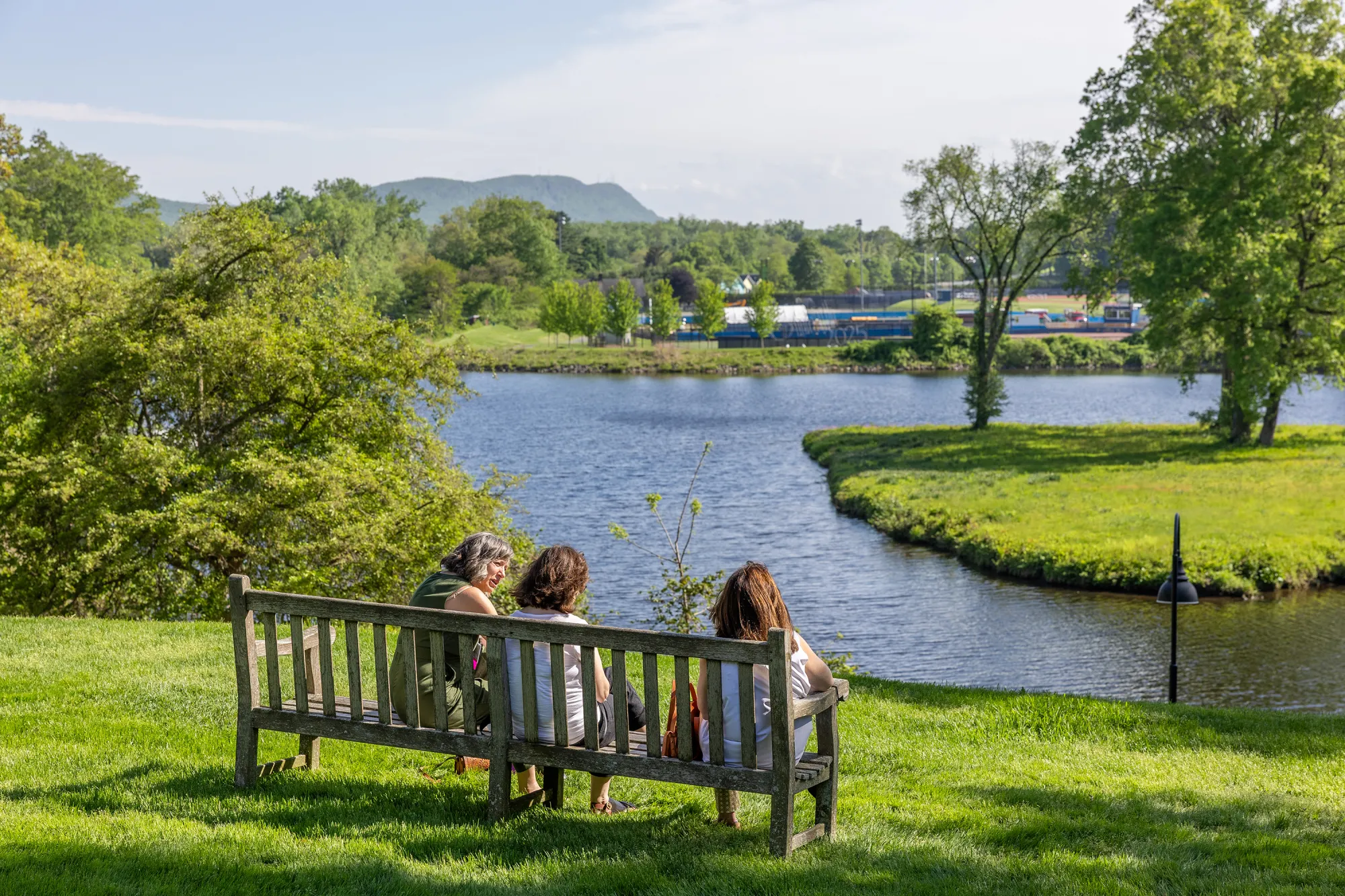
Paradise Pond lives up to its name.
Paradise Pond, formed in the 18th century by a dam on the Mill River, is both a top campus attraction and a living laboratory for science students. It’s dredged periodically to manage sediment and preserve its ecosystem. Swedish opera singer Jenny Lind reportedly named it when she visited Northampton in 1851 and found the pond, well, paradisal.
No good food goes to waste.
As a student, Sibyl Brown ’14 founded the Smith chapter of the Food Recovery Network, helping redistribute uneaten dining hall food to local shelters. Shastia Azulay ’23 revived the effort in 2023–24, starting the student-led Food Rescue Network, which recovered 6 tons of food in a single academic year. At Smith, eating well and doing good go hand in hand.
Every campus needs a fourth estate.
Founded in 1952, The Sophian is Smith’s independent, student-run newspaper. An amalgamation of two earlier publications—1911’s Smith College Associated News and 1948’s The Current—the paper now publishes eight print issues a year plus regular online updates covering campus, local, and national news.
Instant photography needed a little art history.
The first instant camera wouldn’t have come into focus without the help of some talented Smithies. Art history professor Clarence Kennedy, a close friend of Polaroid founder Edwin Land, steered his brightest students into the company. One of them, Meroë Marston Morse ’45, became a leader in black-and-white photographic research and registered 18 patents during her Polaroid career.
Sometimes joy rings out at 7 a.m. ...
Mountain Day began in 1877 as a scheduled break for outdoor recreation. But too many years of bad weather forced a change: In 1923, President William Allan Neilson made the day a surprise. Now, when the weather is just right, bells ring from the Mendenhall tower early in the morning, canceling classes for the day. Smithies mark the moment with apple picking, hikes—or a glorious return to bed.
We’re in a long-term relationship with Northampton.
Smith and Northampton have grown together for 150 years. The college is the city’s largest taxpayer and an anchor of its civic and cultural life. “Northampton’s charm, dedication to arts and music, and strong sense of community make Smith a special place,” President Sarah Willie-LeBreton said at Founder’s Day in March. Mayor Gina-Louise Sciarra ’96 agreed: “Smith and Northampton have been partners in progress.”
One tree stands at the heart of our arboretum.
With more than 1,200 labeled trees and a campuswide planting program, Smith is a registered arboretum. Among our many remarkable trees is the American elm on Chapin lawn. Botanic garden director John Berryhill’s favorite heritage tree, the elm is believed to be one of the oldest hardwoods here. As Berryhill says, the elm “holds the breath of every single Smithie who’s ever been on campus.”
Our legacy honors a family of change makers.
Otelia Cromwell Day was established in 1989 by President Mary Maples Dunn to honor Otelia Cromwell 1900, the first African American graduate of Smith. In 2019, the event was renamed Cromwell Day to also celebrate Otelia’s niece, Adelaide Cromwell ’40, the college’s first Black faculty member. Each year, classes are canceled for panels, workshops, and performances focused on diversity, equity, and inclusion.
Our first ladies had strong opinions and excellent class notes.
Smith counts two U.S. first ladies among its alums: Nancy Davis Reagan ’43 and Barbara Pierce Bush ’47. The former majored in theatre and went on to perform on Broadway before marrying Ronald Reagan. The latter, a loyal class correspondent, once wrote in the Quarterly: “Being almost 90 is tough, as many of you know. But with a loving, close family, almost anything can be survived.”
Every great college has its ghosts.
Smith lore is filled with spectral characters. Whether it’s the whispering woman who calls student houses in the middle of the night, the pair of doomed lovers who haunt the secret Sessions staircase, the crying infant in Chase, or the woman in white on the porch of Talbot, Smithies have plenty of reasons to leave the light on before turning in for the night.
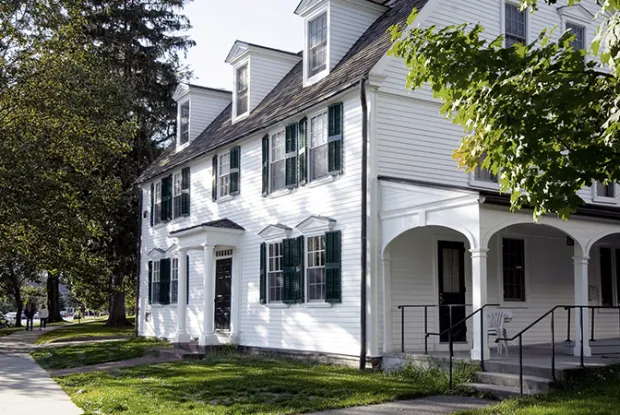
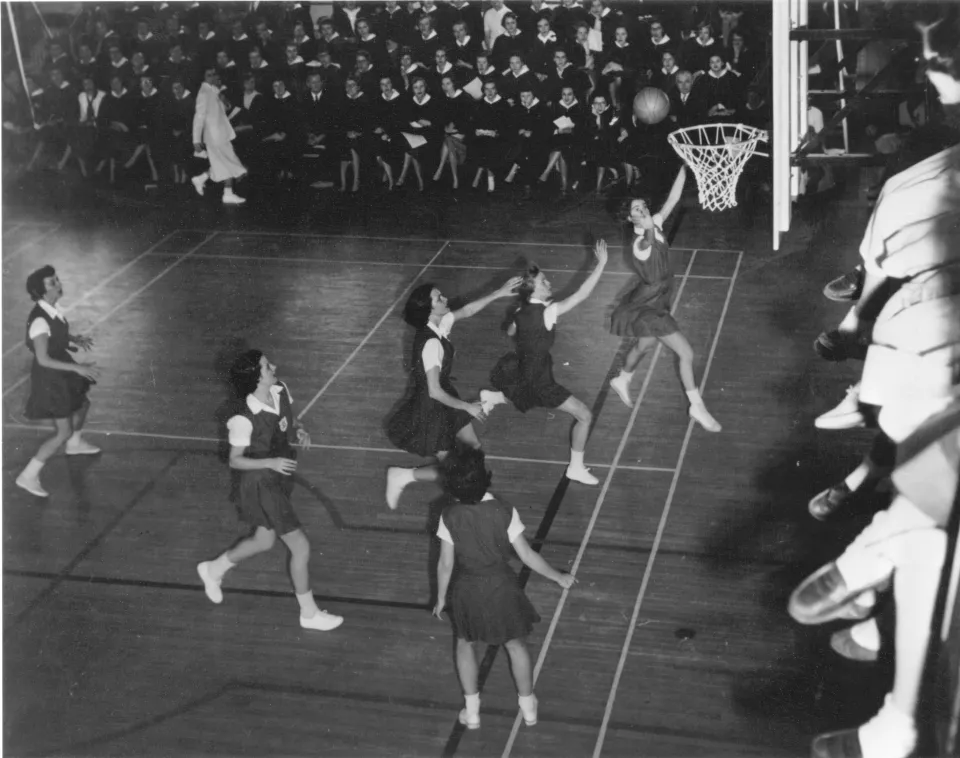
Even the light in our library makes you stop and think ...
A beam of natural light plunges five stories through the center of Neilson Library, illuminating the building’s atrium. This oculus—designed to honor both the physical world and the life of the mind—is at the heart of Maya Lin’s vision for the library’s 2021 renovation. With its open rooftop skylight and curved central wall, the “sunscoop” captures and magnifies light in ways both architectural and poetic.
We’re engineering a better world.
“All eyes were on us,” recalls Caitlin Shea Butler ’04, one of the first graduates of Smith’s Picker Engineering Program, which was endowed by Jean Sovatkin Picker ’42 and her husband. Since that inaugural class, the number of Smith alum engineers has grown from 19 to nearly 600. Whether in AI or aerospace, they’re transforming the field—one where women still make up less than 20% of the workforce.
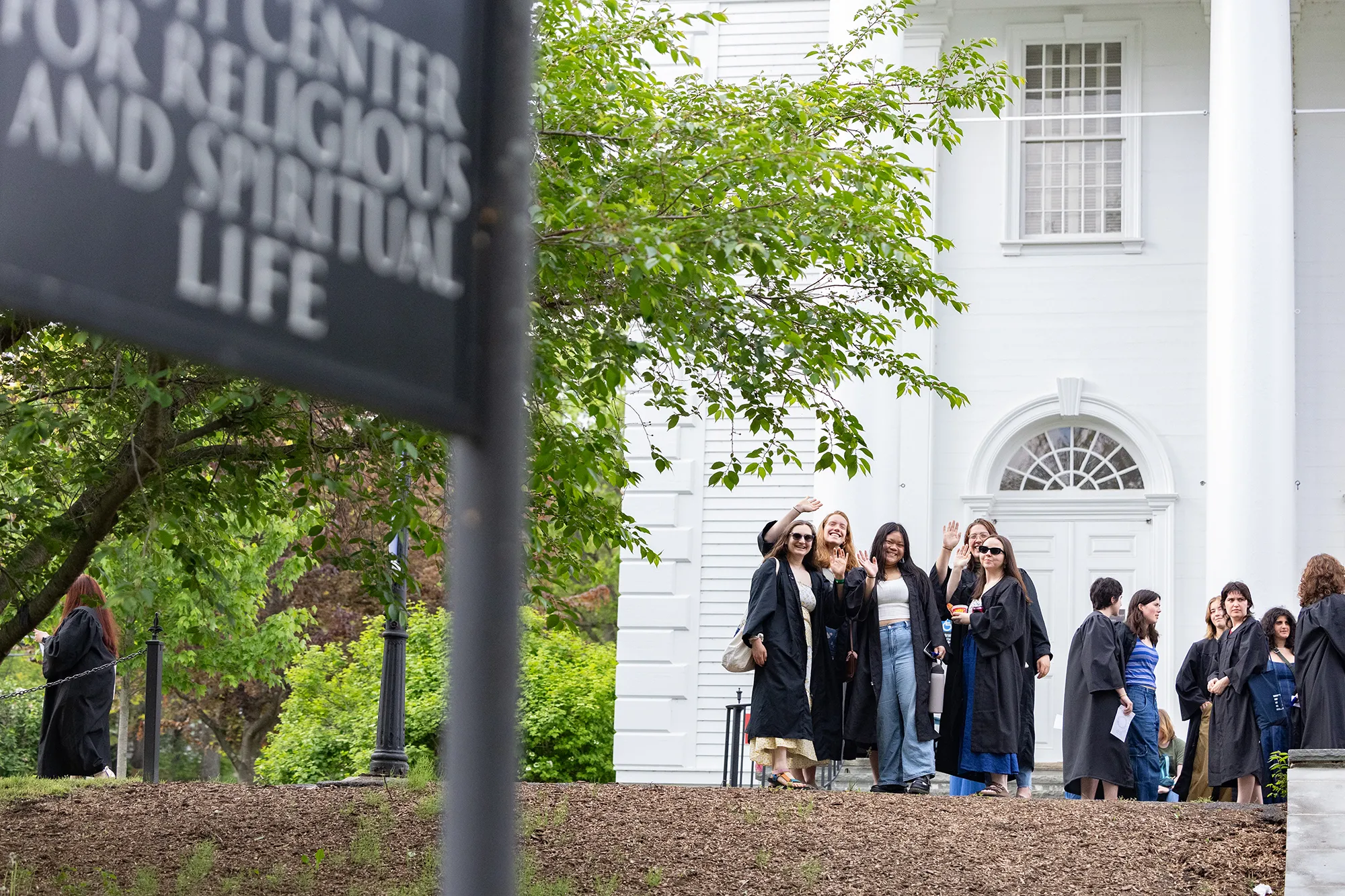
All are welcome here.
Helen Hills Hills Chapel has been a source of double takes since it was dedicated in 1955. The interfaith chapel is named for Helen Hills 1908, who married a man named Hills and asked that the building be designed as a traditional New England meetinghouse. When the chapel was dedicated, she expressed the hope that it would offer “a faith to live by to all future generations of Smith students, whatever their religious beliefs or creeds.” In 2014, the wooden pews were removed to make the space more welcoming for people of all faiths—or none at all.
We restore the places that hold our stories.
Clara Taplin Rankin ’38 wore her graduation gown to the 1938 dedication of the Alumnae House, a Georgian and neoclassical building on Elm Street that for the past 87 years has welcomed generations of returning Smithies. “Alumnae House looked so beautiful,” Rankin recalled in an essay for the Quarterly. “It fit in so well architecturally.” A top-to-bottom renovation completed in 2023 restored the building’s elegant exterior while updating it with energy-efficient systems and a new Welcome Center for meetings, teas, and other Smithie magic.
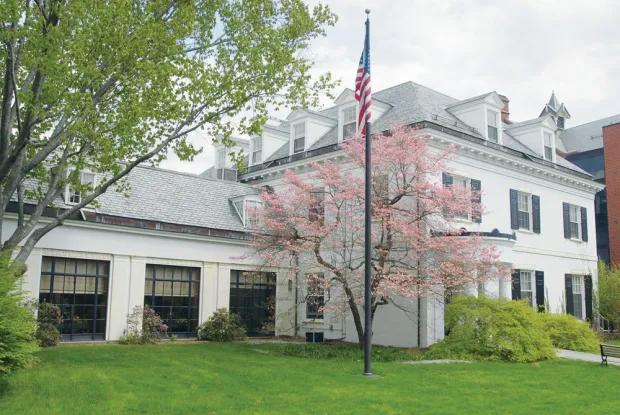
Social work is social justice.
Since its founding in 1918, the Smith College School for Social Work has been pushing the boundaries of the helping professions. The school was the first to offer a formal program for training social workers, the first to offer multicultural courses and training, and one of the first to formally commit to becoming an anti-racist organization. Speaking at the school’s 2024 Commencement ceremony, Dean Marianne Yoshioka (who plans to retire next year) called on graduates to speak out against oppression: “Uplift those we serve, and shape the changes that raise the bar for an ethical and just world.” Professor Mary Hall is pictured at left.
PDNWOTGIYAGA is a whole vibe.
From 1921 to 1960, the Society for the Prevention of Cruelty to Grass—also known as the grass cops and the politeness police—enforced etiquette rules across campus. They made many requests of wayward Smithies, but one became legend: Please Do Not Walk On The Grass If You Are Going Anywhere.
We’re in an (ivy) league of our own.
In the days leading up to Commencement, graduating seniors don white and join hundreds of alums in marching through campus before planting ivy to symbolize their deep connection to the college. The Ivy Day parade dates back to 1884 and lives on as one of the most cherished—and moving—rituals in Smith’s Commencement season.
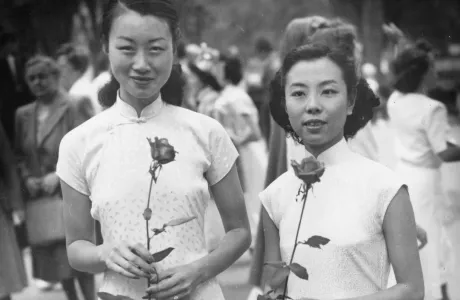
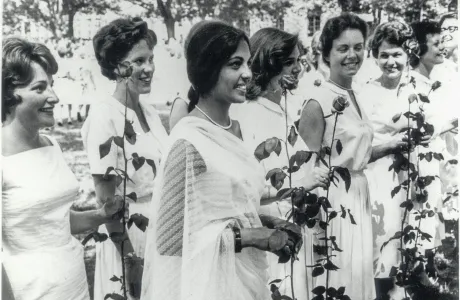
We don’t do dorms.
In a way, Smith’s residential house system predates the college itself: Sessions, the oldest house on campus, was built by Captain Jonathan Hunt in 1710—165 years before the college was founded. It has been a Smith residence since 1921. Legend has it that its secret passageway was used for clandestine visits between Hunt’s granddaughter and a British redcoat—and later, as part of the Underground Railroad. True or not, the story endures—just like the house system itself.
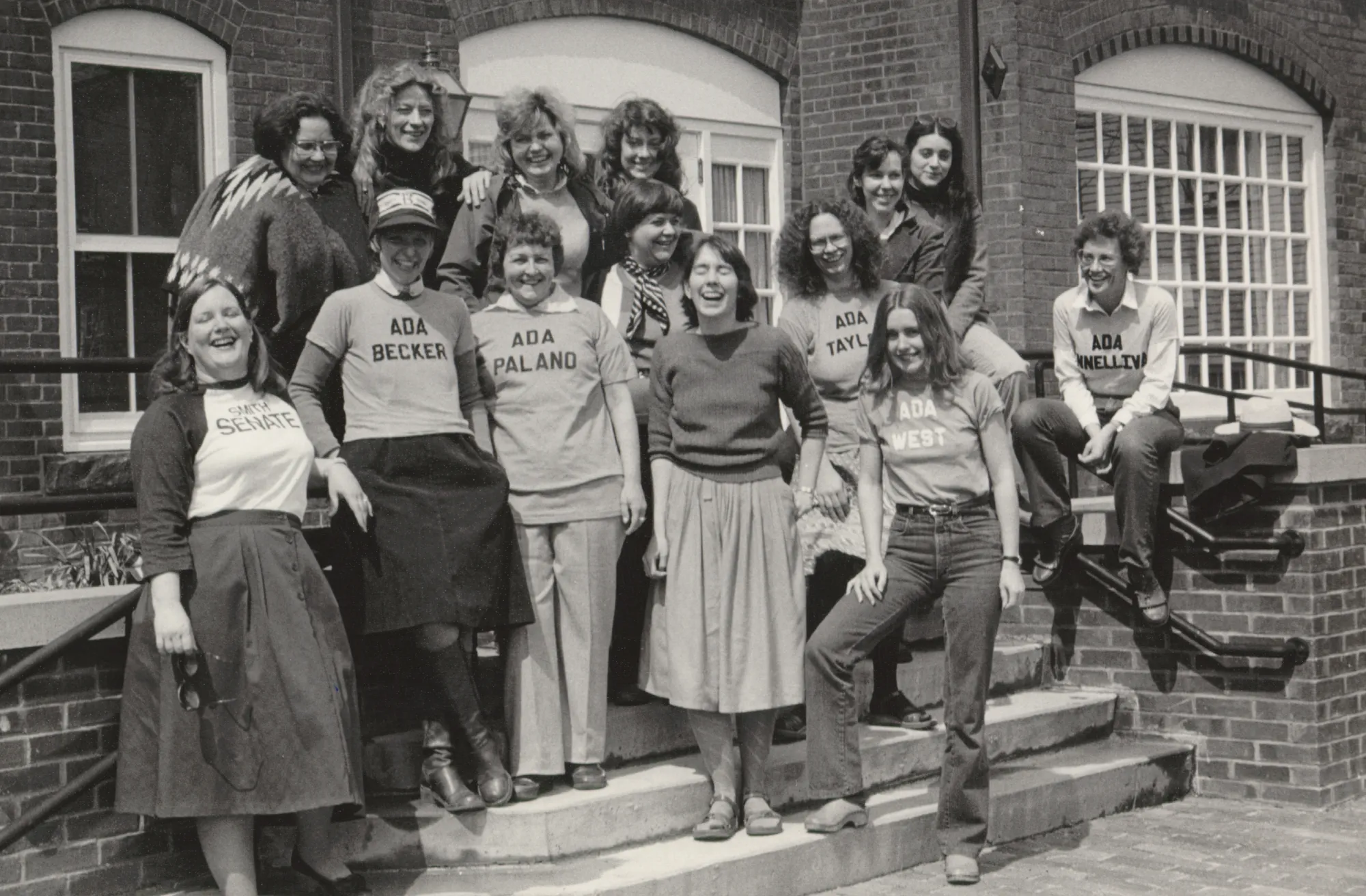
They prove it’s never too late.
Established in 1975, the Ada Comstock Scholars Program offers nontraditional-age students the opportunity to earn a bachelor’s degree part or full time. Known affectionately as “Adas,” participants range in age from their late 20s to mid-60s and come to Smith from around the world.
